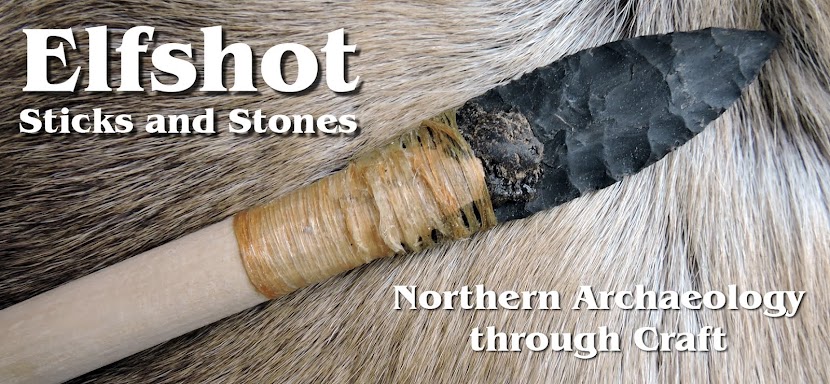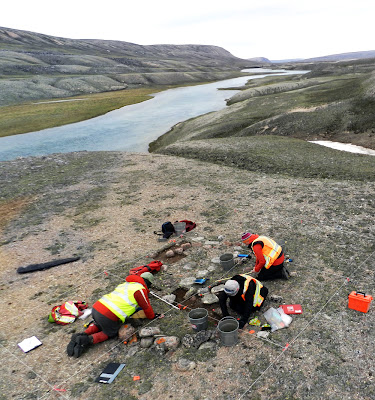 |
| I'm done field work for the year. It was a short season and I'll be back in the workshop in August. In the meantime, I'm going to enjoy summer in St. John's. |
Wednesday, July 31, 2013
Home For A Rest
Monday, July 29, 2013
Heading Home
Friday, July 26, 2013
Overhead photo mosaics with a monopod
1: Lori White
2: Tim Rast
Wednesday, July 24, 2013
Last Day Find
Photo Credits: Tim Rast
Monday, July 22, 2013
A Broken Trowel
Photo Credits:
1: Tim Rast
2: Lori White
Friday, July 19, 2013
Backfilling
Wednesday, July 17, 2013
Moving sites
Monday, July 15, 2013
Bone Dry
Friday, July 12, 2013
Rain Days
Wednesday, July 10, 2013
Another River Site
Monday, July 8, 2013
Tiny Bird Carving
Friday, July 5, 2013
Popping out of the ground
Wednesday, July 3, 2013
A River Site
Monday, July 1, 2013
Digging
Subscribe to:
Posts (Atom)





















